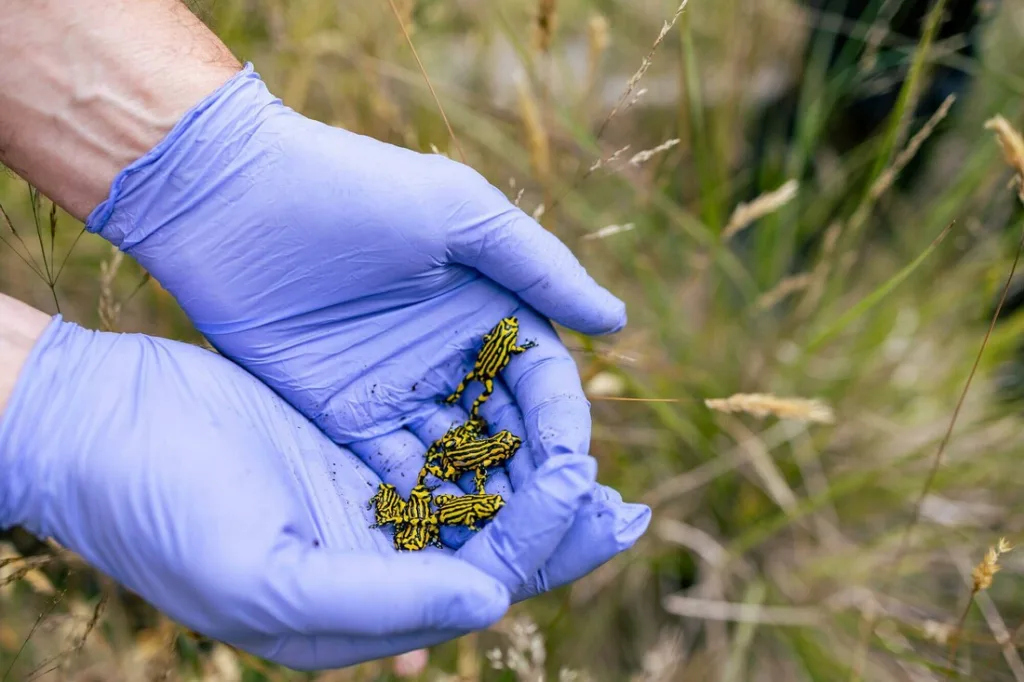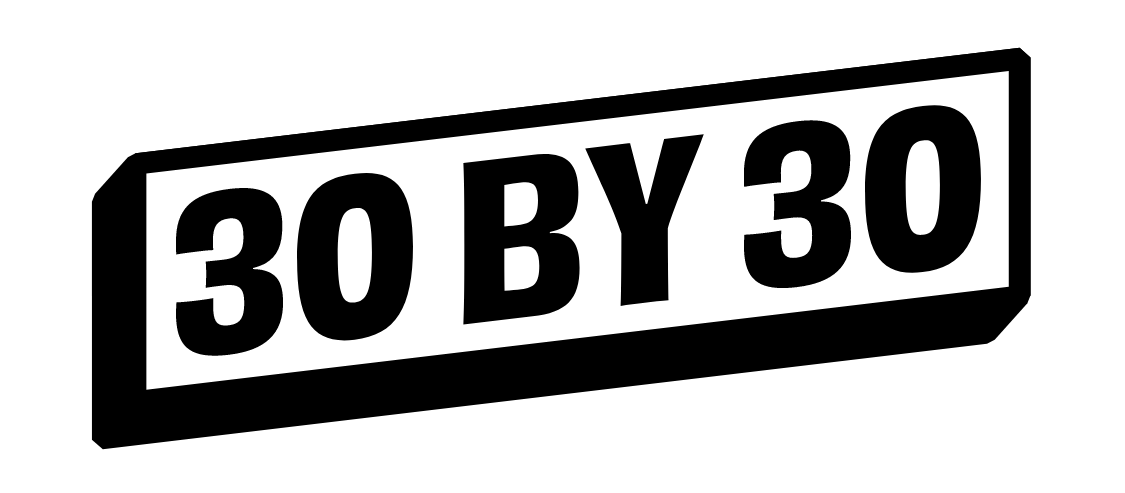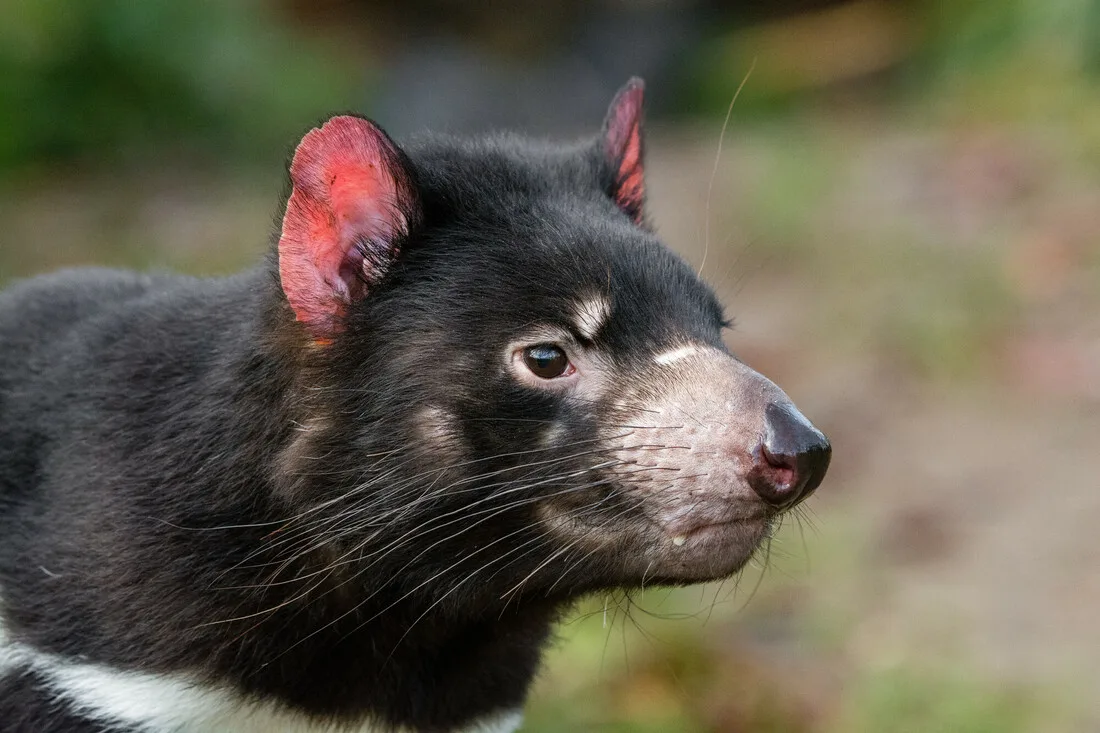National Parks are vital for safeguarding our wildlife. Walk into any national park in the country, and you’re stepping straight into the homes of some of our most endangered or threatened animals.
Here’s three Aussie icons that rely on calling National Parks home:
Southern Corroboree frog – endangered

Kosciuszko National Park protects the remaining southern corroboree frogs in Australia. These iconic little frogs grow to just 2.5-3cm and like living in sphagnum bogs in sub alpine regions. They are threatened by the invasive chytrid fungus and their habitat has been ravaged by feral animals including pigs and horses. Climate change is another serious threat.
Numbat – endangered

The Numbat was once widespread across southern Australia. It is now extremely rare with an estimated 1,000 animals remaining. That makes Numbats rarer than Giant Pandas. Numbats are in danger because of habitat loss due to widespread land clearing and predation by introduced foxes and feral cats. Fenced sanctuaries are helping these termite-loving marsupials to survive. The only naturally occurring populations not protected by predator-proof fencing are in south-west WA, including the Dyandra Woodland National Park.
Tasmanian Devil – endangered

The Tasmanian Devil is the world’s largest surviving carnivorous marsupial, but its future is under threat due to a deadly facial tumor disease. This disease was first recorded in 1996 and its impact has been devastating, destroying 80% of their population and threatening the Tassie devil with extinction. National parks in Tasmania including Cradle Mountain – Lake St Clair National Park and Maria Island National Park have provided safe havens for healthy Tasmanian Devils, while the Save the Tasmanian Devil program aims to preserve their numbers through captive breeding programs and disease management efforts.
Working to protect at least 30% of our lands by 2030 can help ensure there’s homes for all our wildlife. Show your support for 30 by 30. Join the global movement.

